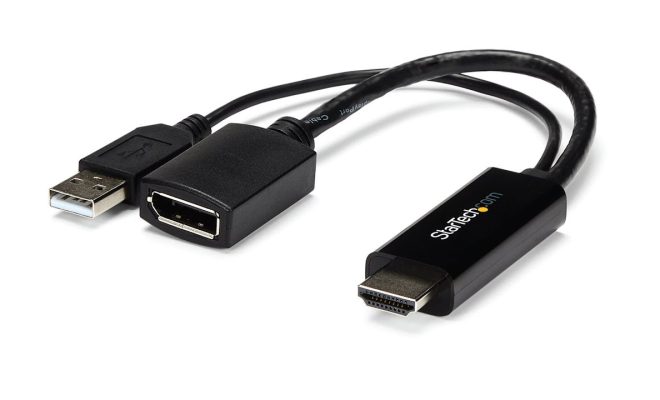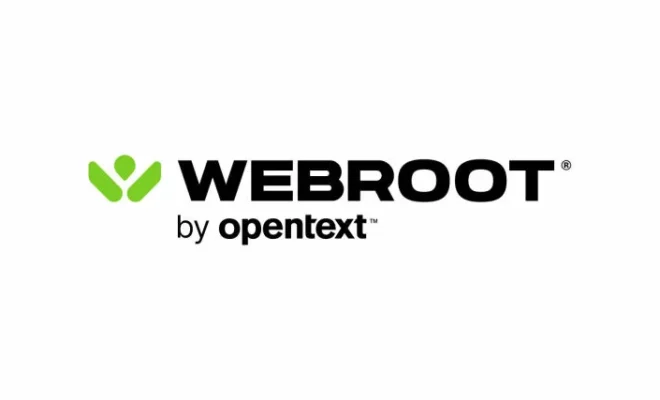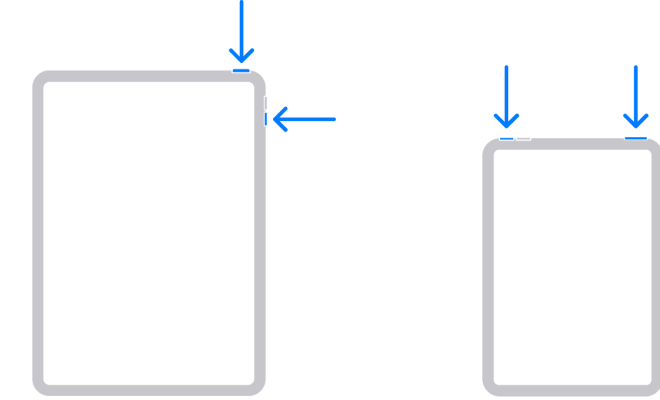The Difference Between Converting HDMI to DisplayPort and DisplayPort to HDMI

HDMI and DisplayPort are two popular technologies used for transmitting high-quality digital video and audio signals between devices. While both technologies offer excellent performance, there may be times when you need to convert HDMI to DisplayPort or DisplayPort to HDMI. In this article, we’ll discuss the differences between these two conversion types.
HDMI to DisplayPort Conversion
HDMI is a widely used technology for transmitting high-definition video and audio signals between devices such as TVs, gaming consoles, and Blu-ray players. When you convert HDMI to DisplayPort, you’re essentially converting the HDMI signal to a DisplayPort signal so that it can be transmitted to a DisplayPort enabled device, such as a PC monitor or laptop.
The main reason why someone might want to convert HDMI to DisplayPort is when they need to connect an HDMI device to a DisplayPort enabled monitor or laptop. The conversion process can be done using an adapter or a converter, and it’s a relatively simple process.
However, there are some limitations to HDMI to DisplayPort conversion. For instance, HDMI only supports up to 4K resolution at 60Hz, while DisplayPort can support up to 8K resolution at 60Hz or 4K resolution at 120Hz. Therefore, if you’re converting an HDMI signal to DisplayPort, you may experience a drop in video quality, especially if you’re using a high-resolution monitor.
DisplayPort to HDMI Conversion
DisplayPort is another technology used for transmitting high-quality digital video and audio signals between devices. Unlike HDMI, DisplayPort was primarily designed for use with computer monitors and laptops, but it can still be used with other devices such as TVs and gaming consoles.
Converting DisplayPort to HDMI involves converting the DisplayPort signal to an HDMI signal so that it can be transmitted to an HDMI enabled device, such as a TV or projector. This can be useful when you need to connect a DisplayPort enabled laptop or computer to an HDMI enabled TV, for example.
One of the main advantages of DisplayPort to HDMI conversion is that it can support higher resolutions and refresh rates than HDMI to DisplayPort conversion. For example, DisplayPort 1.4 can support up to 8K resolution at 60Hz, while HDMI 2.0 supports up to 4K resolution at 60Hz.





